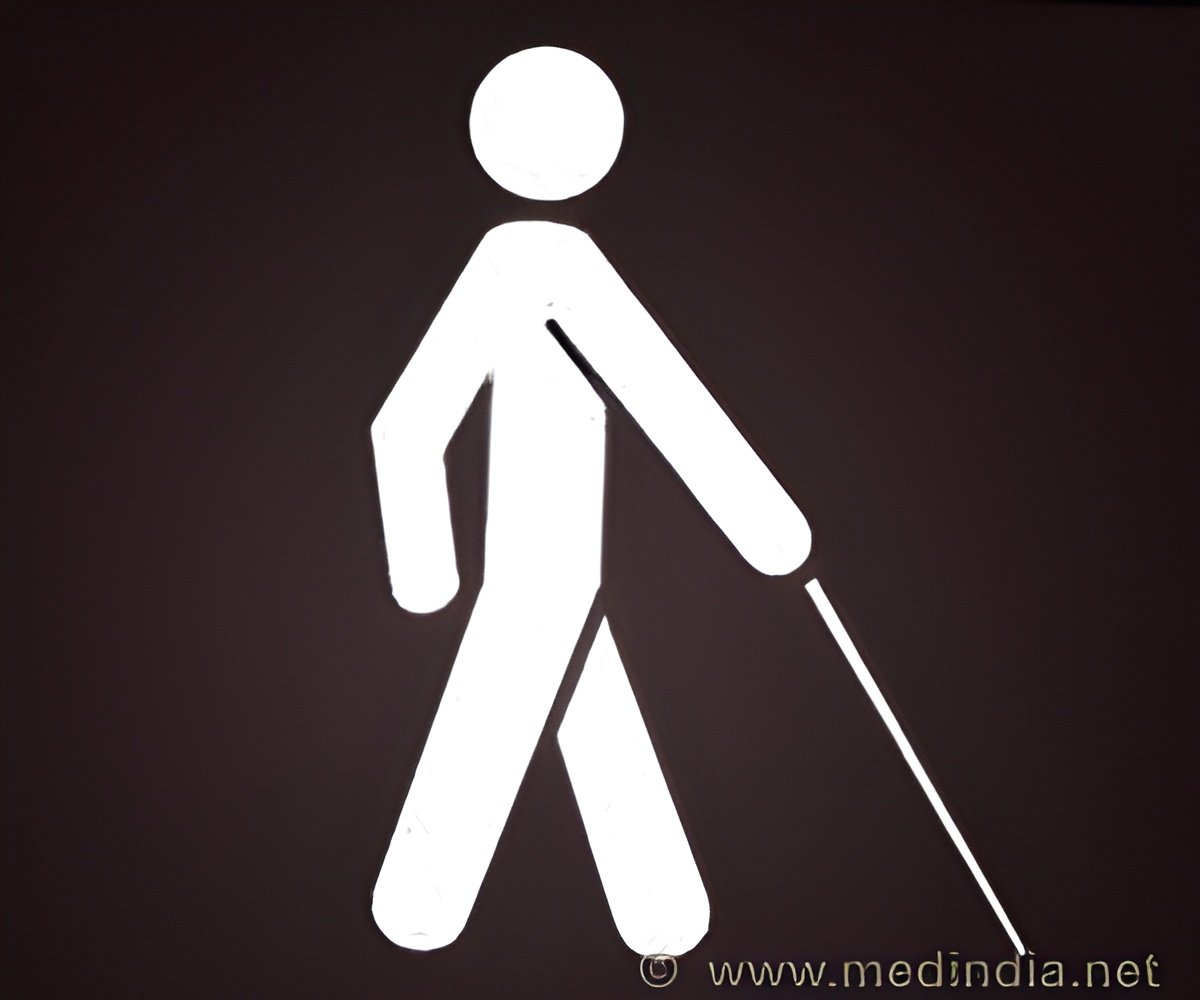
Millions at risk Onchocerciasis, commonly known as river blindness, is caused by a parasitic worm transmitted to humans through the bite of the blackfly. It causes itching, skin disfiguration, and, with chronic exposure, permanent blindness. Globally, an estimated 120 million people are at risk for river blindness, and 18 million are infected.
The disease typically affects poor, rural communities who live near streams and rivers. In the past, entire communities fled their homes to avoid contracting the disease, leaving valuable farmland behind and putting their livelihood at risk.
Elimination in reach Effective and widespread treatment, control, and surveillance, together with the efforts of international and local leaders, have put the global elimination of river blindness within reach. In the past two years, the World Health Organization (WHO) has declared two countries in the Americas, Columbia and Ecuador, free of the disease. Achieving the same elimination goals in African countries requires better diagnostic tools.
The easy-to-use new rapid test meets this need by supporting fast, effective, and community-wide testing to identify areas where the disease is still active, guide the allocation of limited resources, prevent the disease from reemerging, and confirm elimination. By streamlining testing, it can help expand surveillance activities and accelerate global efforts to stop river blindness for good. "The proven technology behind this test makes it a powerful and reliable tool in the multinational collaboration to eliminate river blindness," said David C. Kaslow, vice president for Product Development at PATH.
"The availability of a rapid, point-of-care diagnostic is a harbinger of a world free of the suffering caused by this insidious parasite. What's needed now is quick action to add this simple test to control and elimination programs."
Advertisement
When faced with this prospect, some communities avoid participating in surveillance testing altogether. The Onchocerciasis IgG4 rapid test requires just a small drop of blood, taken with a simple fingerprick. By detecting unique antibodies to the parasite, it quickly identifies previous exposure. The test is affordable, provides results within 20 minutes, and is easy for health care workers to use and interpret in almost any setting. "We are pleased to provide the manufacturing resources and industry experience to bring this powerful new test to the global market," says Byung-Ki Cho, CEO of SD. "As a frontrunner for better NTD diagnostics, the SD BIOLINE Onchocerciasis IgG4 rapid test is answering the global call for tools to speed elimination. We look forward to helping NTD programs in affected countries adopt the new test."
Advertisement
Source-Eurekalert











